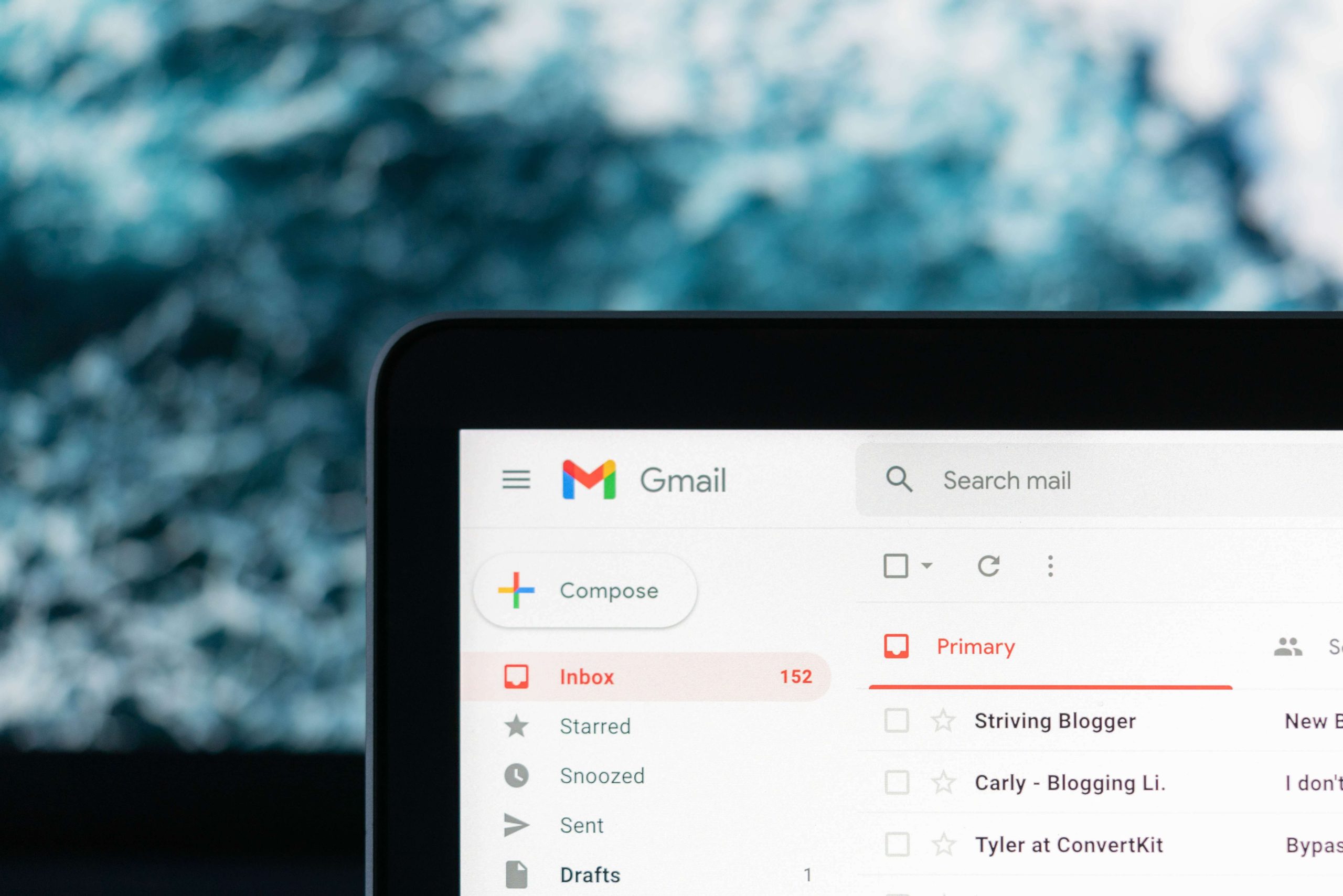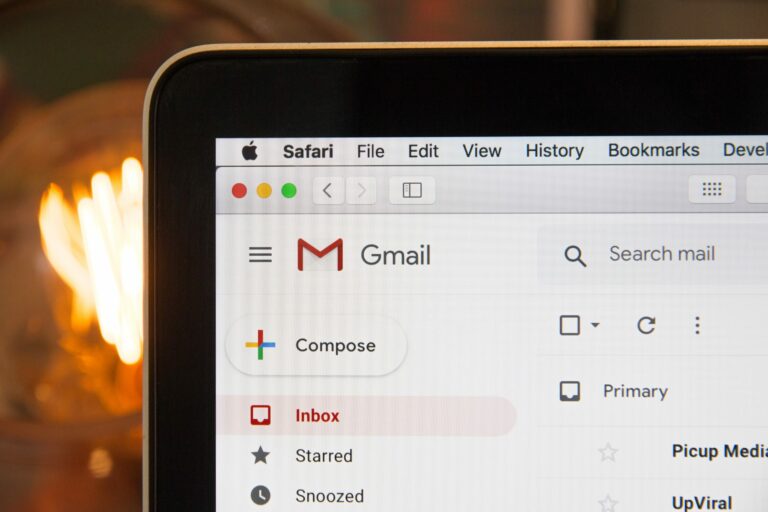Why Use Email Marketing for Your Mental Health Treatment Center?
As a mental health professional, you’re constantly juggling the best ways to serve clients and meet their needs. You have the knowledge to help clients achieve their wellness goals, yet you struggle to find the balance and not overwhelm them with too much information at once. You know some of your options for sharing additional resources – print mailers or social media – but why use email marketing in your overall outreach plan for your mental health treatment center?
Why Use Email Marketing?
Email newsletters are a cost-effective approach for sharing up-to-date information and other valuable resources directly with your clients. More than 91% of American adults want emails in their inbox from companies they spend their money at – including their mental health treatment center. The sheer number of people using email and their desire to get messages from brands make email marketing an obvious choice for your mental health treatment center.
Benefits of Email Campaigns
Today’s world has more digital-savvy people than ever before. Gone are the days of automated phone calls for appointment reminders as the only means of out-of-office, client-provider interactions. Potential, current, and previous clients prefer fewer impersonal conversations and more meaningful relationships, which can be achieved with the aid of emails. Below are just some of the benefits of email campaigns for your mental health treatment center.
Brand Awareness
Potential clients may be hesitant to enter any mental health treatment center’s program due to guilt, shame, or stigmas. An email newsletter allows people to learn about your approach, services, and even some of your treatment staff without pressure to make an immediate decision. They become aware of your brand and begin to build a relationship with it, making the next step toward treatment a little less intimidating.
Greater Conversions
Research shows that email marketing has a high conversion rate of 66% and is 40 times more effective in gaining new customers than social media. When you implement consistent and non-overbearing email marketing, you establish that you’re an expert in the mental health field. Seeing your email may persuade potential clients to go ahead and connect with your treatment center.
Builds and Nurtures Relationships
People aren’t meant to be alone, yet they don’t want to waste their time on unauthentic connections. Providing timely, relevant mental health information through email shows that you care about your clients’ well-being in their everyday lives, not only when they’re in treatment. Likewise, program graduates continue to feel included and have a sense of ongoing support, even when the dynamic of your therapeutic relationship is different.
Building an Email Subscriber List
Now that you understand why your clients may be interested in hearing from you more via email, it’s time to start a list of subscribers. But where do these people come from?
Gather email subscribers by:
- Asking for the client’s email address while they complete initial paperwork and requesting permission to add them to your email list
- Adding an opt-in option for clients completing online forms
- Collecting information from appointments booked online
- Placing an email newsletter subscription section on your website and blog
- Create lead magnets for your website and require an email opt-in to receive the valuable content
- Encouraging social media followers to subscribe as a way to find more information they already like
Whether you choose to implement one or all of the above tactics, make sure you are clearly asking for permission so your clients know exactly what they’re signing up for.

The Power of Targeted and Personalized Communication
After you have your email subscriber list, how do you make the most of it? Emails geared toward someone with alcohol addiction might not be as effective for a survivor of sexual assault. Instead of sending out a mass email newsletter to everyone on your new list, here are two steps you can take to make a stronger connection with clients.
1. Segment Your Email List
Each client is unique and at different stages of their mental health journey. Segmenting emails is the process of separating your clients into distinctive groups.
It can be done by organizing your patient data by age, demographics, or specific medical needs.
Your email marketing software, like Mailchimp, will allow you to segment who receives each message you send.
2. Personalize Your Email Content
Take it a step further and tailor the content specifically toward your client’s preferences. It will reinforce that your subscribers are more than a number.
Types of content to include:
- Testimonials and success stories
- Educational articles
- News from experts in the mental health community and at your treatment center
- Specific treatment-based resources
- Updates about your services
Measuring Success and Improving Outcomes
You’ve built a subscriber list, segmented it, and personalized your email content, but was it well-received? Is it necessary to spend extra time measuring email marketing success? Metrics show the benefits of using email and eliminate any guesswork when making decisions about future types of content to include in your email newsletter. Use the following metrics as a guide to learn what content resonated with your clients and what didn’t.
Key metrics to measure effectiveness:
- Delivery Rate. The number of emails that are delivered to your subscribers. A low delivery rate can result in bounces.
- Open Rate. The number of subscribers who actually opened your email. Higher open rates mean you’re on the right track, and your emails are being read.
- Click-Through Rate. The percentage of links your subscribers clicked throughout the email. Segmenting your subscriber lists and personalizing email content boost this percentage.
- Conversion Rate. The number of clients who followed through on your call to action. A higher number = success! Your clients are doing exactly what you hoped.
- Bounce Rate. The number of emails that weren’t successfully delivered to people on your email list. Keeping bounces to a minimum will positively affect your delivery rate.
- Unsubscribe Rate. The number of subscribers who chose to unsubscribe in a given email. This rate can be an indicator to take another look at how you’re tailoring segments and personalizing email content.
- Complaint Rate. The number of subscribers who marked your email as spam. “Am I sending too many emails?” is a question you need to ask yourself or your marketing team if this number is high.
- List Growth Rate. The percentage of people who unsubscribed compared to new subscribers in a certain period. Overall, this number shows if your emails are successful or if it’s time to make some changes.
Integrating Email Marketing with Other Channels
Your mental health treatment center likely has a website and social media channels. The long hours and work you put into your email content doesn’t have to be a one-hit wonder. Content featured in email newsletters can be multi-purposeful, allowing your center to save time and money by cross-promoting it on your social media platforms, website, or blog.
Coordinating Email Marketing with Social Media
There are many benefits when you combine email and social media marketing tactics. Along with getting more eyes on your carefully-crafted content, you can raise brand awareness to gain new email subscribers for your segmented lists.
One way to do this is by placing shareable social media buttons on your email newsletter. Subscribers can share your content, allowing you to reach a larger audience.
This free, word-of-mouth advertising can cause a trickle effect – you’re adding new email subscribers and may be introduced to potential clients.
Driving Traffic to Your Website Blog
Email marketing provides the chance for subscribers to view a glimpse of what your website offers. Catchy subject lines combined with interesting previews can result in readers directly visiting and browsing your website content. Strategically-placed links to your center’s mission, services, or online appointment booking page are yet another opportunity to gain potential clients.
Ready to Use Email Marketing for Your Mental Health Treatment Center?
We know your goal is to be a trusted mental health provider and give the best care to improve your clients’ mental well-being. Just like you take time to understand their distinct needs, Content Journey can do the same with your email marketing. Contact Content Journey to get started on email marketing so you can focus on what you do best – serving clients.







